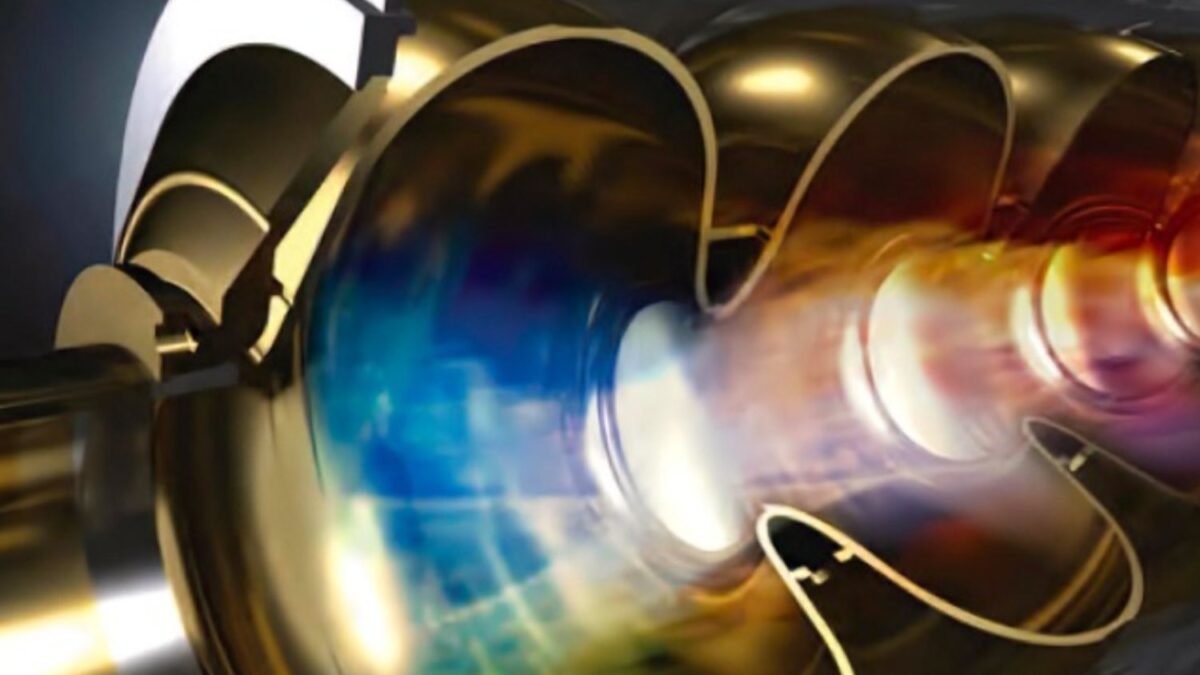The Quantum Sensor That Could Change Medicine, Security, and the Environment

The field of quantum physics, often seen as an abstract realm, is beginning to materialize in everyday applications. A team from Johns Hopkins University has designed a molecular sensor that combines nanotechnology and quantum principles to detect compounds at levels impossible with conventional optics. This innovation not only promises advances in medical diagnosis, but also in security and environmental analysis, ushering in a new era for high-precision portable sensors.
Limitations of conventional spectroscopy
Techniques like infrared and Raman spectroscopy have been key tools in chemical analysis, providing a “fingerprint” of molecules. However, these methodologies often face a problem: the interaction between light and matter is weak, resulting in faint and difficult-to-complex signals such as blood or tissues. Additionally, spectral interferences, intensity fluctuations, and signal overlap reduce reliability in real diagnostic or monitoring situations.
How the quantum sensor works
To overcome these limitations, researchers turned to gold optical cavities with thicknesses of just 12 nanometers and diameters of about 6 micrometers. In this confined space, light and molecular vibrations interact so intensely that hybrid states of light and matter are formed. These quantum states amplify the vibrational signal of molecules, achieving more sensitive detection than classical optics. According to Peng Zheng, one of the authors, the key was to integrate three recent advances: nanophotonics to confine light, theoretical models explaining hybrid states, and new spectroscopic tools capable of measuring minimal shifts in signals.
Experimental validation and initial results
The team tested the sensor with 4-mercaptobenzonitrile, a model molecule, using an infrared microfluidic cell. They observed a phenomenon called Rabi splitting, dependent on the compound’s concentration, confirming the sensor’s ability to detect without the need for vacuum or extreme cold. Ishan Barman, a co-author of the study, emphasized that what seemed like a theoretical abstraction translated into a practical device that amplifies molecular detection sensitivity.
Applications and challenges ahead
The potential of this quantum sensor is vast: from rapid point-of-care medical tests to detecting contaminants at trace levels in air, water, or food. It could also monitor pharmaceutical processes in real-time, where molecular precision is vital. The researchers point out that miniaturization into portable chips will be the next step. This will require new materials and designs, but there is already a clear path toward devices applicable in clinical and industrial settings.
A practical revolution in quantum physics
The development demonstrates that quantum physics not only remains in the realm of theory, but can lead to immediately impactful tools in health, safety, and the environment. Although further testing in real conditions is still needed, this sensor marks a milestone: transforming quantum principles into concrete solutions that could redefine how we diagnose, protect, and analyze the world we inhabit.






